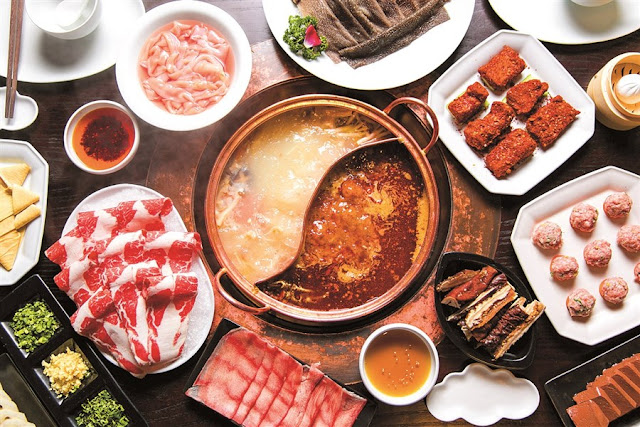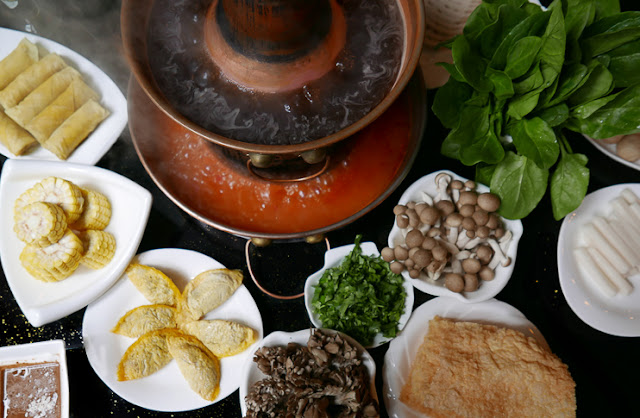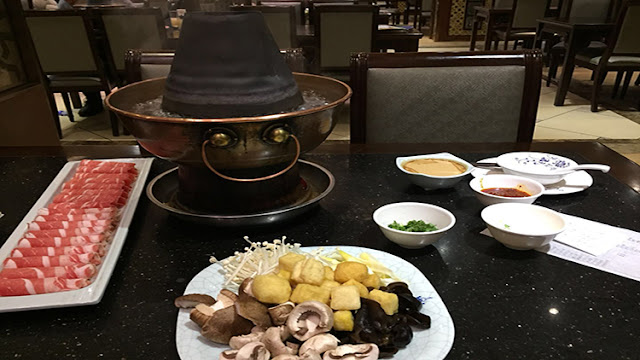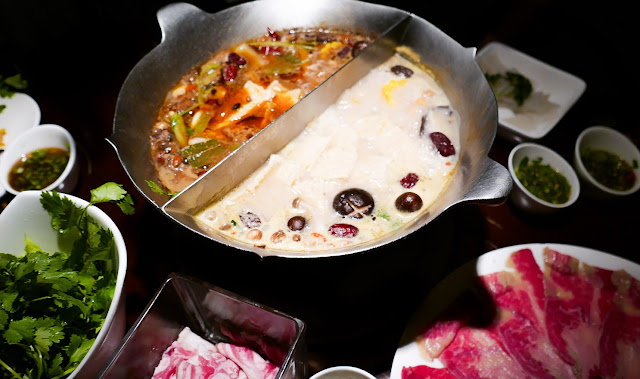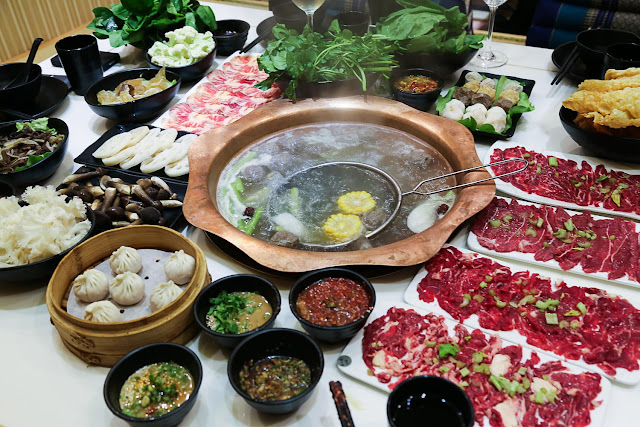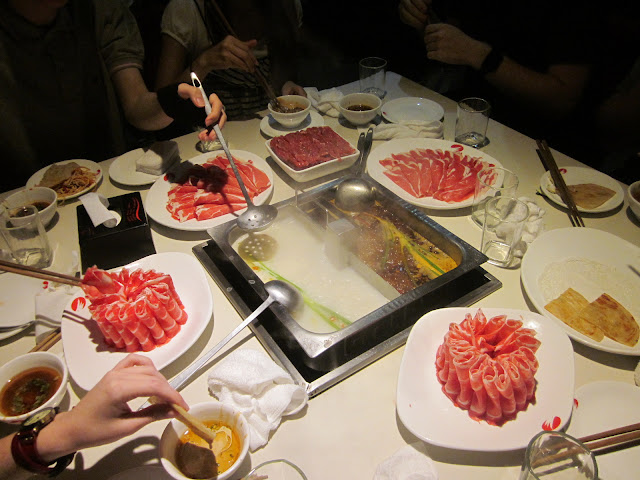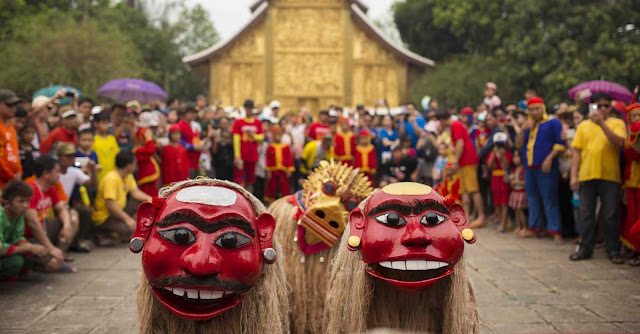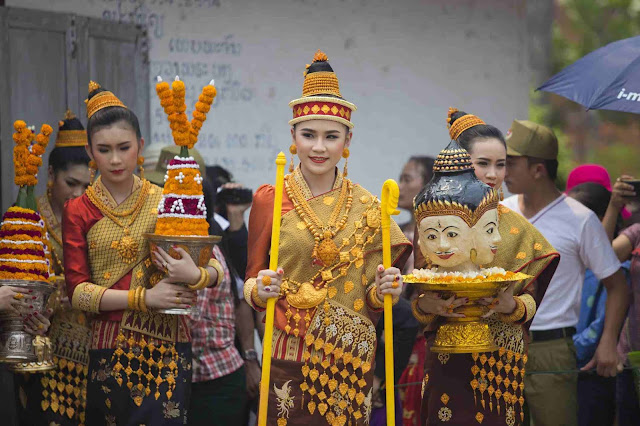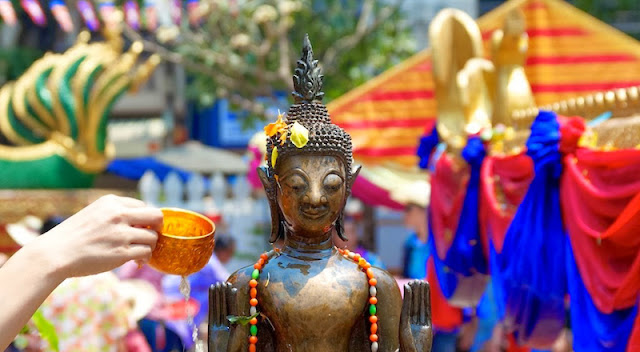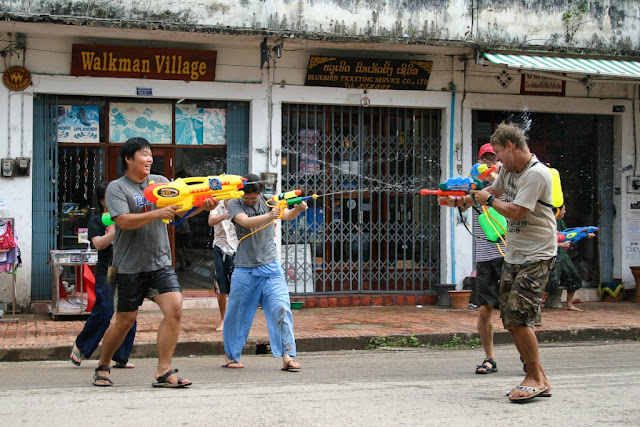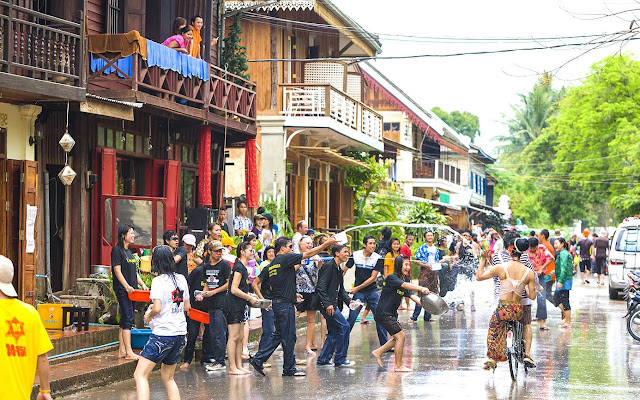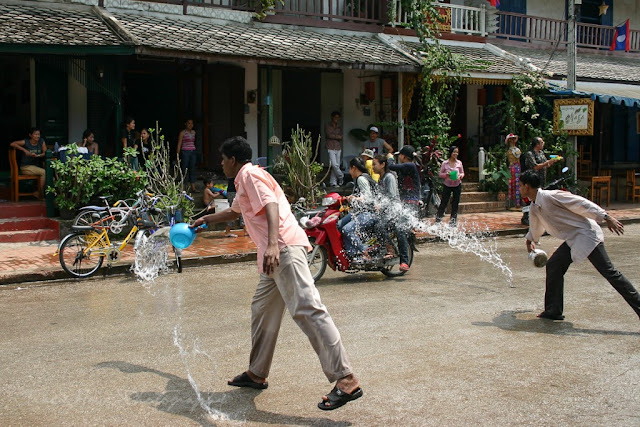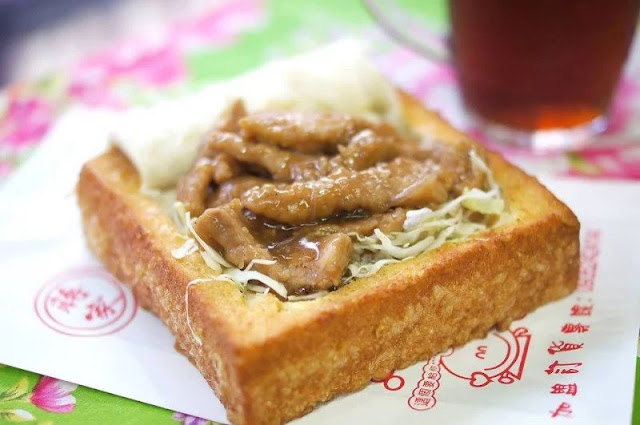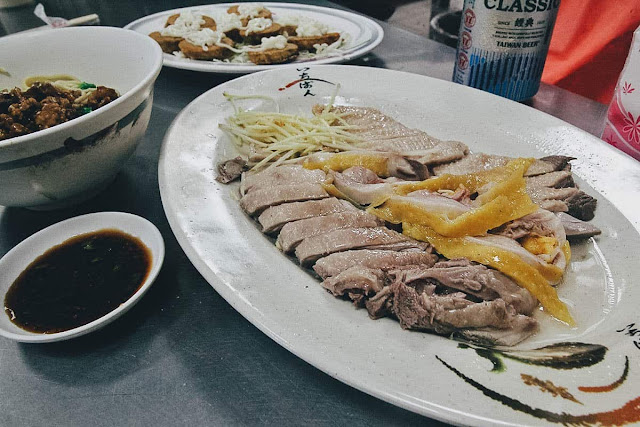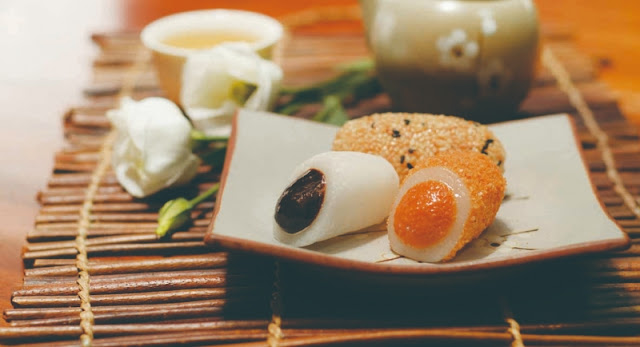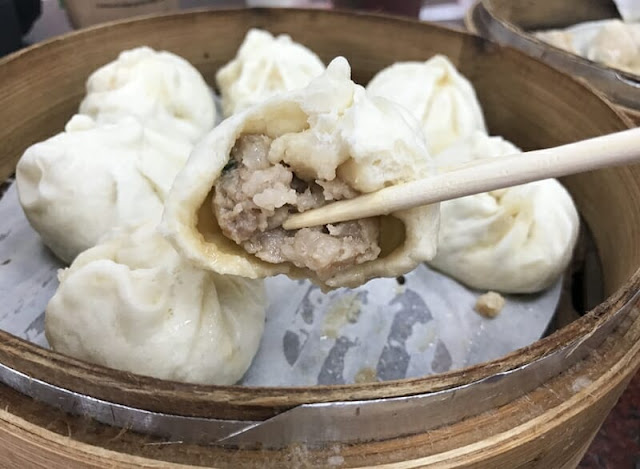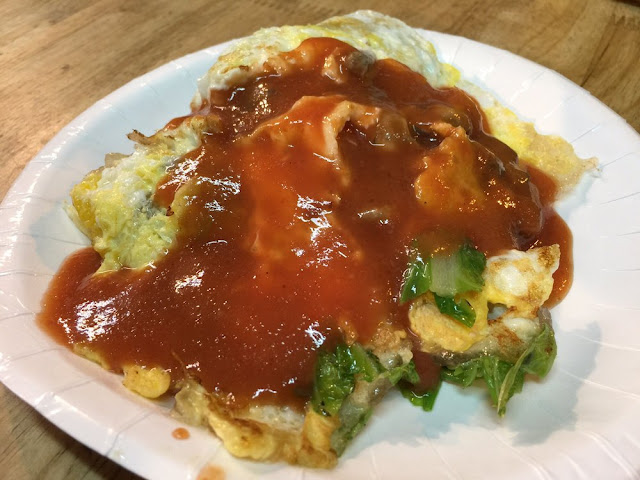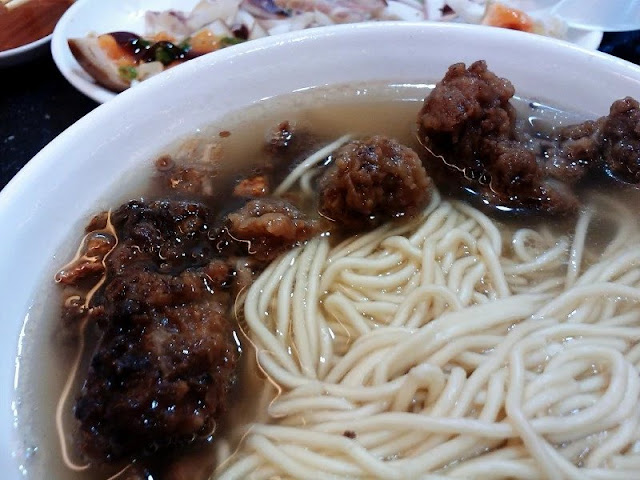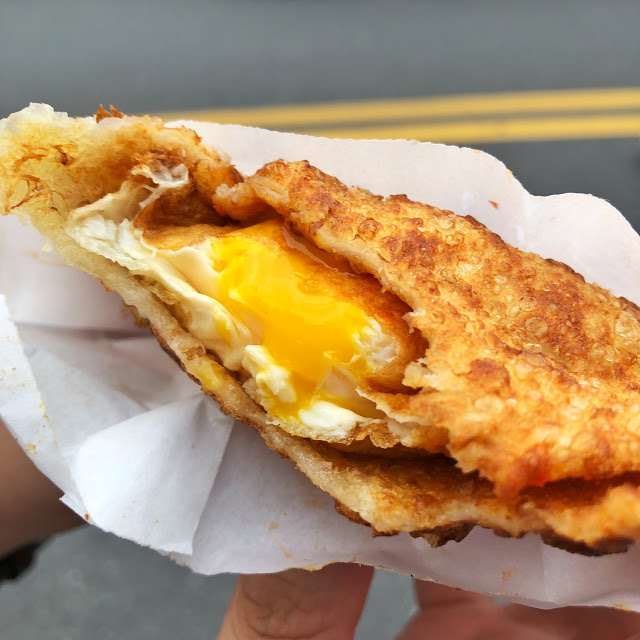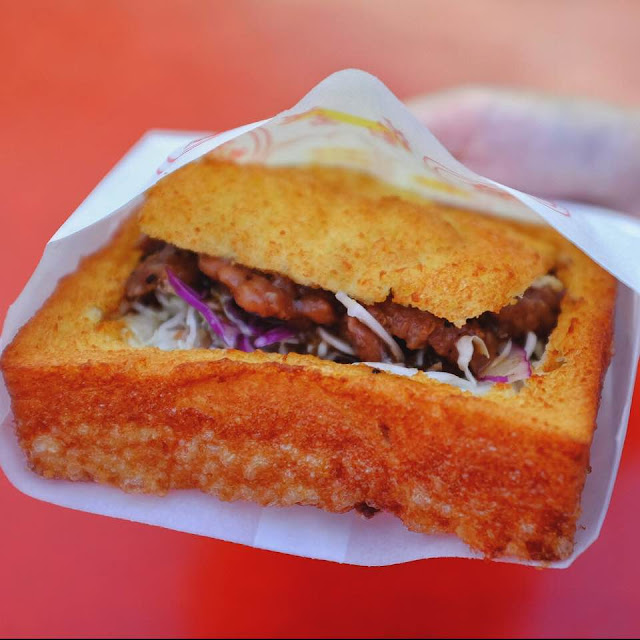Yan Gege (Yàn gégé, 焱格格)
Prominent Hong Kong actor and animal rights activist Lü Songxian founded this vegetarian Beijing-style hot pot restaurant to show off the beauty of produce and clear vegetable broths. Be sure to try the delicious fresh tofus, and the huge selection of mushrooms that take up a whole portion of the menu and tout various different medicinal curative properties. Also delicious are the crisp lotus roots and egg dumplings.Hong Chang Xing Mutton Hotpot (Hóng zhǎngxìng, 洪长兴)
It’s impossible to miss the towering blue dome when driving on the Yan’an overpass towards the Bund that marks Shanghai’s oldest halal restaurant. Founded in 1891, this century-old restaurant is a family-owned mutton hot pot restaurant, where you’ll find tables huddled around a bubbling pots of clear broth, heated by a charcoal fire. You’ll dip in an array of thinly-sliced meats, vegetables and tofu for a long and perfectly warming meal. While there are other locations, this is the one where the atmosphere is just as interesting as the food itself.Elixir Health Pot (Wú lǎo guō, 无老锅)
This hot pot serves soup that you could simply drink straight from the pot, as it’s a bubbling potion touted for its health properties and skin rejuvenation by celebrities across Asia. The white ‘collagen’ pot is particularly wholesome (and delicious), made from pork bones and knuckles that have been simmered for hours, until the resulting soup is thick and fragrant, somewhat akin to tonkatsu ramen broth. Later, Chinese herbs including goji berries, ginseng and other roots are added to impart their curative properties. This is a hot pot that rejuvenates as well as warms the belly. Be sure to order their special house made ‘ice cream’ tofu (bīngqílín dòufu, 冰淇淋豆腐), the light little egg dumplings (dànjiǎo, 蛋饺) and the special mushroom platter (蘑菇拼盘, mógupīnpán) to pair.Holy Cow
Anthony Zhao, the founder of this hot pot spot, trained in some of Shanghai’s finest dining establishments before he broke off to pay tribute to his native Shanghai cuisine. At Holy Cow, the kitchen serves primo, pesticide-free beef from Dalian and vegetables grown on their own farms. They also serve frozen soup dumplings that go into the hot pot and come out fat and delicious. The soup itself also merits being consumed by itself, as it’s a clear meat consomme that’s bolstered with Chinese herbs. It’s a healthful, flavorful and delicious experience sure to satisfy a crowd.Hai Di Lao (Hǎidǐ lāo huǒguō, 海底捞火锅)
This particular chain is from Sichuan and has made a killing not only for its spicy hot pot, but also for the service. During peak hours, there will generally be a wait for a table, but the staff will make it worth your while. In the lobby, you’ll find free fruit, manicures, shoe shines and more which will help make the time pass quickly. There are several locations around town – this is one of the more popular.See more: The signature dishes that define Chinese cuisine
Source: Internet
